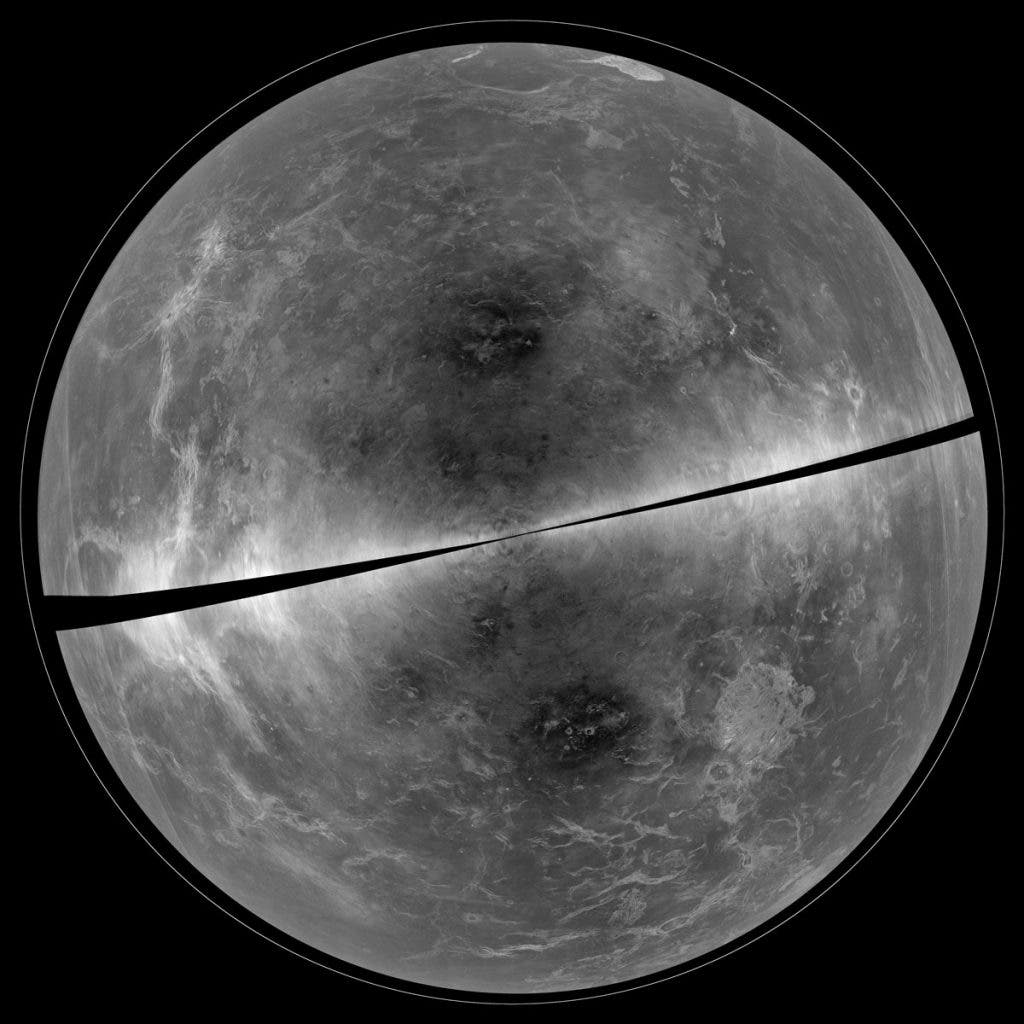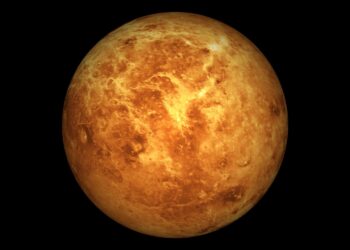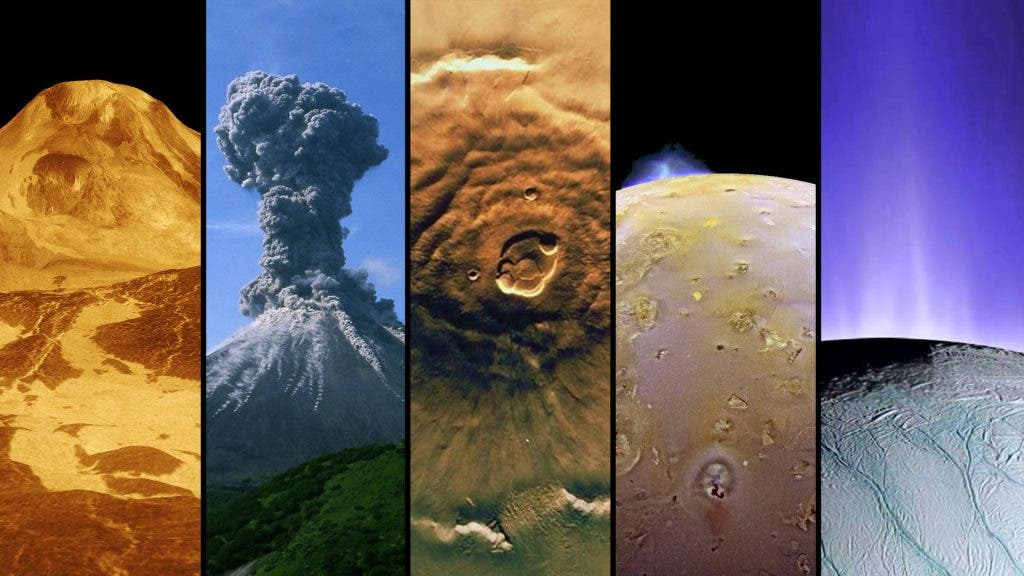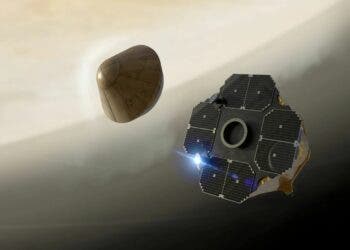Using high sensitivity radar telescopes, astronomers have managed to take a glimpse at the surface of Venus, piercing through its thick clouds.

We’ve never seen our planetary neighbor like this – Venus doesn’t really like to show up “nude”, being clothed in clouds impossible to see through. The Venusian atmosphere supports opaque clouds made of sulfuric acid, making optical Earth-based and orbital observation of the surface impossible. But using radar technology, the National Radio Astronomy Observatory reveals the detailed face of Venus, showing its volcanoes and craters in all their splendor.
The team of astronomers working on the project actually combined the highly sensitive receiving capabilities of the National Science Foundation’s (NSF) Green Bank Telescope (GBT) and the powerful radar transmitter at the NSF’s Arecibo Observatory; the signal passed through Earth’s atmosphere, went through space, then passed through Venus’ atmosphere, bounced back, and made the return way. Using this technology, they were able to visualize the entire planet; this is useful not only for seeing Venus now, but for monitoring it and seeing how it changes.
“It is painstaking to compare radar images to search for evidence of change, but the work is ongoing. In the meantime, combining images from this and an earlier observing period is yielding a wealth of insight about other processes that alter the surface of Venus,” said Bruce Campbell, Senior Scientist with the Center for Earth and Planetary Studies at the Smithsonian’s National Air and Space Museum in Washington, D.C. A paper discussing the comparison between these two observations was accepted for publication in the journal Icarus.
This is not the first time the surface of Venus has been mapped. NASA’s Magellan probe has already observed its surface and images taken in 1988, 1999, 2001 will be compared with these latest results to see how Venus has changed, especially as a result of its volcanic activity. It’s a painstaking task, but Campbell believes it will yield valuable information. To date, we still don’t know what geological processes shape the surface of Venus.
Source: National Radio Astronomy Observatory






